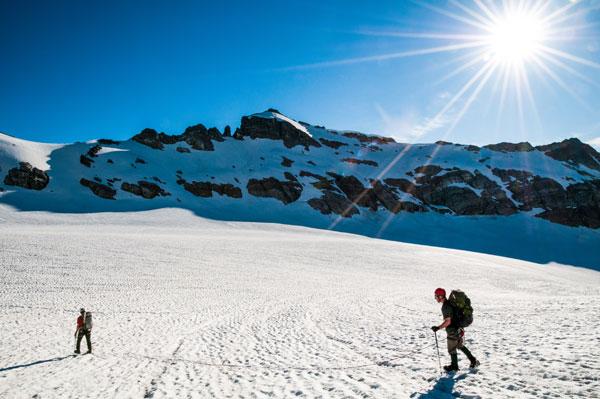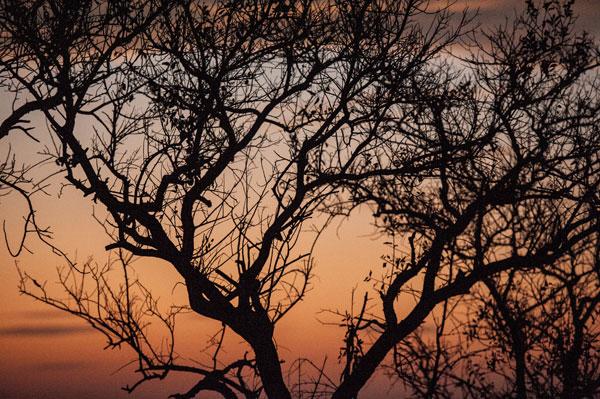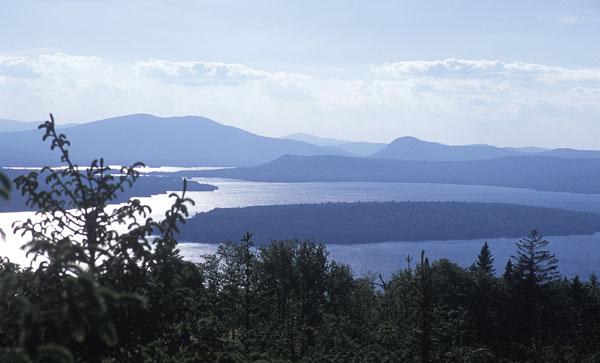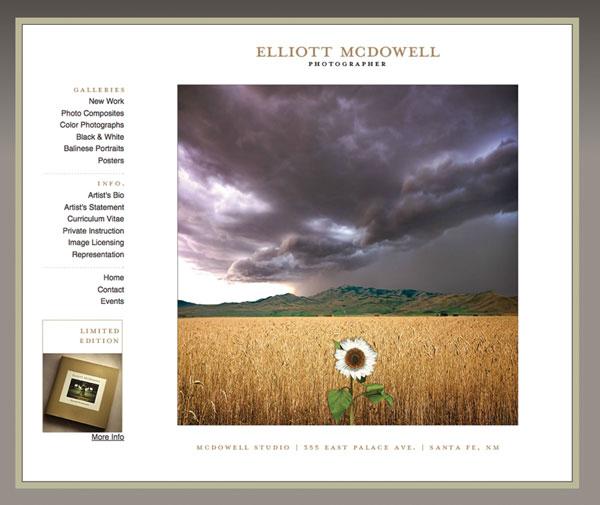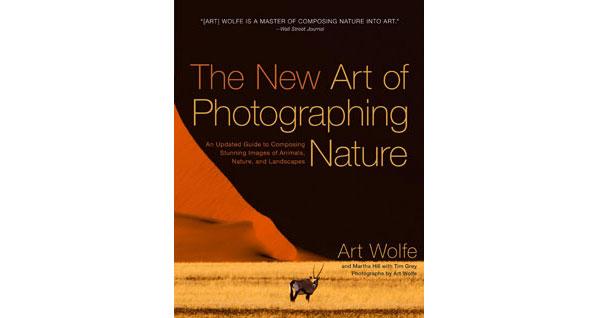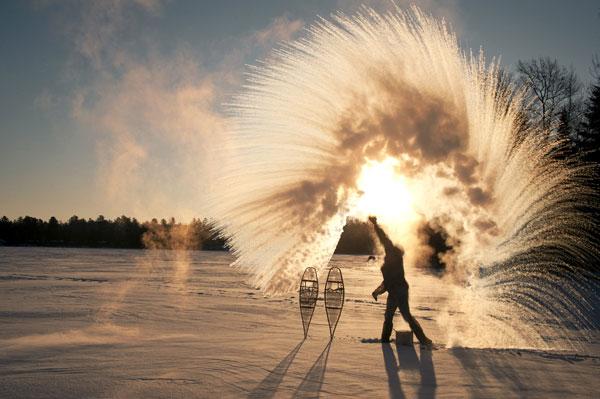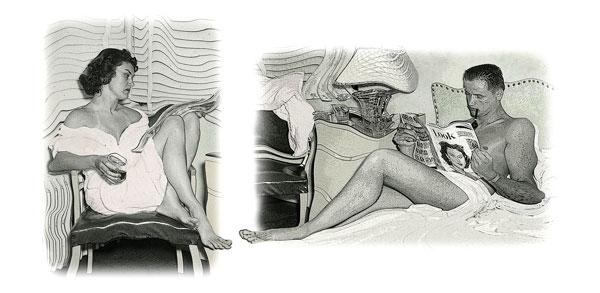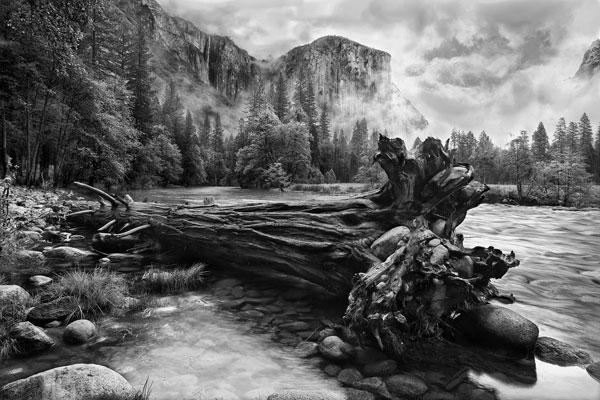Pro Techniques
Sort By: Post Date TitlePublish Date
|
Feb 21, 2014 |
First Published: Jan 01, 2014 |
|
Feb 11, 2014 |
First Published: Jan 01, 2014 |
|
Feb 04, 2014 |
First Published: Dec 01, 2013 |
|
Jan 28, 2014 |
First Published: Dec 01, 2013 |
|
Jan 24, 2014 |
First Published: Dec 01, 2013 |
|
Jan 17, 2014 |
First Published: Feb 01, 2014 |
|
Jan 14, 2014 |
First Published: Dec 01, 2013 |
|
Jan 03, 2014 |
First Published: Nov 01, 2013 |
|
Dec 31, 2013 |
First Published: Nov 01, 2013 |
|
Dec 27, 2013 |
First Published: Nov 01, 2013 |
|
Dec 24, 2013 |
First Published: Nov 01, 2013 |
|
Dec 10, 2013 |
First Published: Nov 01, 2013 |
|
Dec 06, 2013 |
First Published: Nov 01, 2013 |
|
Dec 04, 2013 |
First Published: Oct 01, 2013 |
|
Nov 26, 2013 |
First Published: Oct 01, 2013 |

